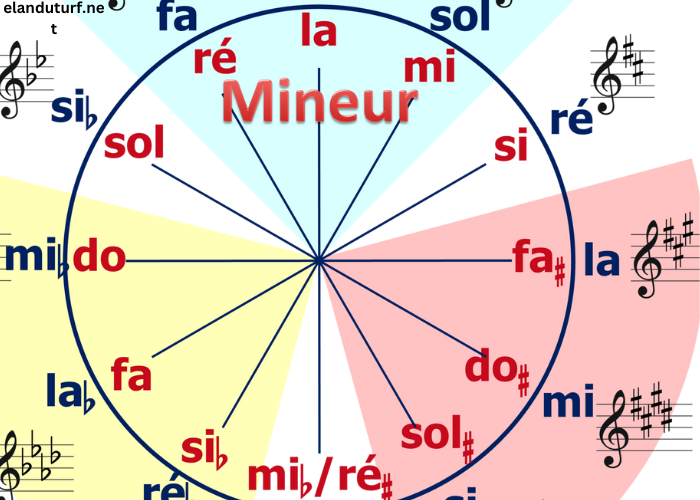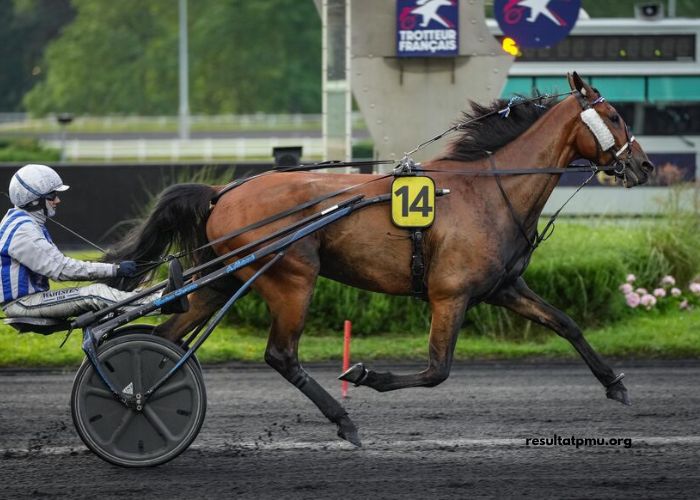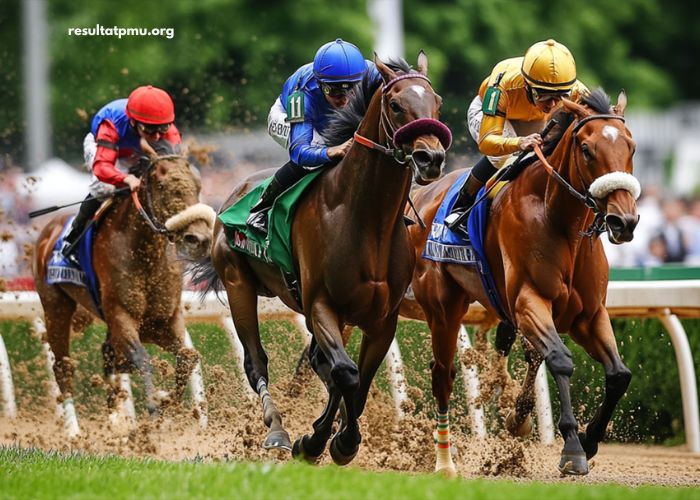Horse racing is a sport defined by its unpredictability and excitement, where every race presents a new opportunity for bettors to test their skills and strategies. Among the myriad of betting systems and strategies available, “Triangle Du Quinté” stands out as a sophisticated approach designed to optimize betting outcomes in the world of horse racing. This article delves into the nuances of the Triangle Du Quinté system, exploring its methodology, benefits, and practical applications for bettors aiming to enhance their success on the racetrack.
Understanding the Triangle Du Quinté
The Triangle Du Quinté is a specialized betting strategy focused on predicting the top three finishers in a Quinté race. A Quinté race is a type of horse race where bettors are required to pick the first five horses to finish in a specific order, making it a challenging and high-stakes betting option. The Triangle Du Quinté aims to simplify this complex task by providing a structured approach to selecting the top three horses, thereby increasing the chances of making accurate predictions and achieving favorable results.
At its core, the Triangle Du Quinté strategy revolves around identifying key factors that influence race outcomes and using these insights to make informed betting decisions. This involves analyzing various elements such as horse form, track conditions, jockey performance, and other relevant data points. By synthesizing this information, bettors can narrow down their choices and focus on the most promising candidates for the top three positions.
The Methodology Behind Triangle Du Quinté
The methodology of the Triangle Du Quinté is rooted in a combination of statistical analysis, expert knowledge, and strategic planning. Here’s an overview of the key components involved in this approach:
- Data Analysis: The Triangle Du Quinté relies heavily on analyzing historical data and race statistics. This includes examining past performances of horses, jockeys, and trainers, as well as assessing track conditions and other variables that may impact race outcomes. By studying patterns and trends, bettors can identify horses that have consistently performed well under similar conditions.
- Form Analysis: Evaluating the current form of horses is a crucial aspect of the Triangle Du Quinté strategy. This involves assessing recent race results, training sessions, and overall condition of the horses. Horses in peak form are more likely to perform well in upcoming races, making form analysis a key factor in predicting the top three finishers.
- Jockey and Trainer Performance: The expertise of jockeys and trainers plays a significant role in a horse’s performance. The Triangle Du Quinté system takes into account the track record of jockeys and trainers, as well as their recent performances. A skilled jockey and experienced trainer can greatly influence a horse’s chances of finishing in the top three.
- Track Conditions: The condition of the racetrack can have a substantial impact on race outcomes. Factors such as weather, track surface, and overall condition are considered in the Triangle Du Quinté strategy. Horses that are well-suited to specific track conditions are more likely to excel, making track condition analysis an essential part of the betting process.
- Strategic Planning: The Triangle Du Quinté involves strategic planning to optimize betting choices. This includes selecting a combination of horses that are most likely to finish in the top three based on the analysis of data, form, jockey performance, and track conditions. The goal is to create a well-rounded betting strategy that increases the likelihood of success.
Benefits of Using Triangle Du Quinté
The Triangle Du Quinté offers several advantages for bettors looking to improve their performance and achieve better results in horse racing:
- Increased Accuracy: By focusing on the top three finishers rather than predicting the exact order of all five horses, the Triangle Du Quinté simplifies the betting process and increases the chances of making accurate predictions. This approach reduces the complexity of Quinté races and allows bettors to concentrate on key factors that influence race outcomes.
- Enhanced Strategy: The systematic approach of the Triangle Du Quinté provides a structured framework for analyzing races and making informed betting decisions. Bettors can leverage historical data, form analysis, and expert insights to develop a strategic betting plan that aligns with their goals.
- Improved Betting Success: The combination of data analysis, form evaluation, and strategic planning enhances the likelihood of selecting successful bets. By following the Triangle Du Quinté strategy, bettors can improve their chances of winning and achieve more consistent results.
- Adaptability: The Triangle Du Quinté system is adaptable to various race conditions and betting scenarios. Whether it’s a major race or a smaller event, the principles of the Triangle Du Quinté can be applied to make informed decisions and optimize betting outcomes.
Practical Application of Triangle Du Quinté
To effectively apply the Triangle Du Quinté strategy, bettors should follow a systematic approach to analyzing races and selecting their top three horses. Here’s a step-by-step guide to implementing the Triangle Du Quinté system:
Gather Data: Collect relevant data on the upcoming race, including historical performance, jockey and trainer statistics, and track conditions. This information provides a foundation for the analysis and helps identify key factors that may influence the outcome.
Analyze Form: Evaluate the current form of the horses competing in the race. Look for horses that have demonstrated strong performances in recent races and are in good condition. Form analysis helps identify horses that are likely to perform well.
Assess Jockey and Trainer Performance: Review the track records of the jockeys and trainers involved in the race. Consider their recent performances and expertise to determine how they may impact the horses’ chances of finishing in the top three.
Evaluate Track Conditions: Assess the condition of the racetrack and how it may affect the horses’ performance. Consider factors such as weather, track surface, and overall condition to identify horses that are well-suited to the track.
Develop a Strategic Plan: Based on the analysis, create a strategic betting plan that focuses on the top three horses most likely to succeed. Consider placing bets on these horses and adjusting the strategy as needed based on real-time information.
Monitor Results: Track the outcomes of the races and evaluate the effectiveness of the Triangle Du Quinté strategy. Use this information to refine your approach and make adjustments for future betting opportunities.
Success Stories with Triangle Du Quinté
Many bettors have found success using the Triangle Du Quinté strategy, attributing their improved performance to the systematic approach and comprehensive analysis. Success stories often highlight how the Triangle Du Quinté’s predictions and insights have helped bettors identify winning horses and achieve favorable results.
These success stories serve as a testament to the effectiveness of the Triangle Du Quinté system and demonstrate its potential for enhancing betting strategies. They also provide valuable examples of how the strategy can be applied in different racing scenarios.
The Future of Triangle Du Quinté
As the horse racing industry continues to evolve, the Triangle Du Quinté strategy is likely to adapt and incorporate new advancements in data analysis and technology. Innovations in statistical modeling, artificial intelligence, and real-time data may further enhance the accuracy and effectiveness of the Triangle Du Quinté system.
The future of the Triangle Du Quinté is expected to involve ongoing refinement of analytical methods and the integration of new data sources. These developments will contribute to the continued success of the strategy and its relevance in the competitive world of horse racing.
Conclusion
The Triangle Du Quinté represents a sophisticated and effective approach to betting on horse racing’s top trio. By combining data analysis, form evaluation, jockey and trainer performance, and track conditions, the Triangle Du Quinté system offers bettors a structured and strategic framework for making informed decisions. Whether you’re a seasoned bettor or a newcomer to horse racing, the Triangle Du Quinté provides valuable insights and tools to enhance your betting experience and improve your chances of success. As the industry evolves, the Triangle Du Quinté will continue to play a vital role in shaping the future of horse racing betting.




